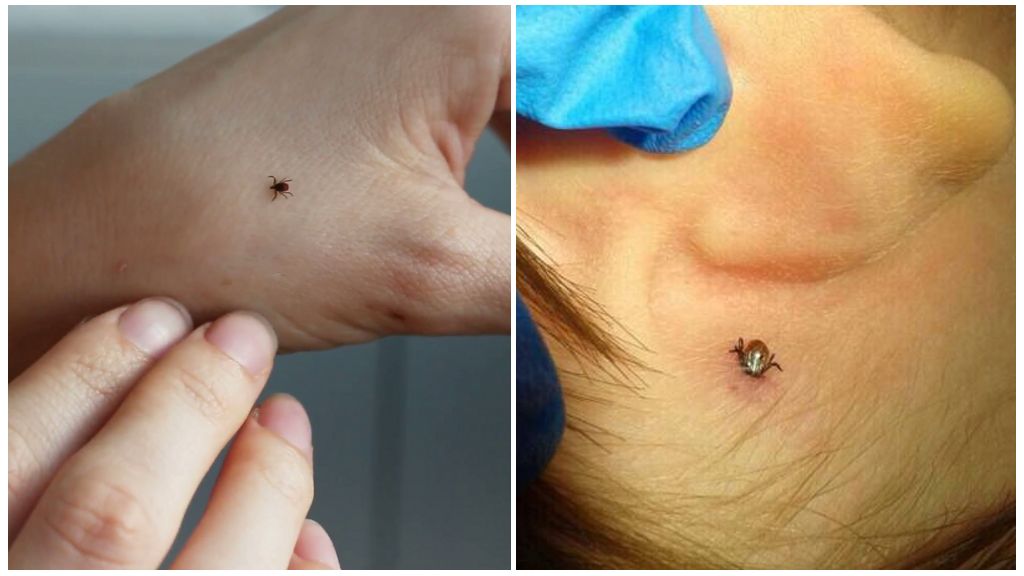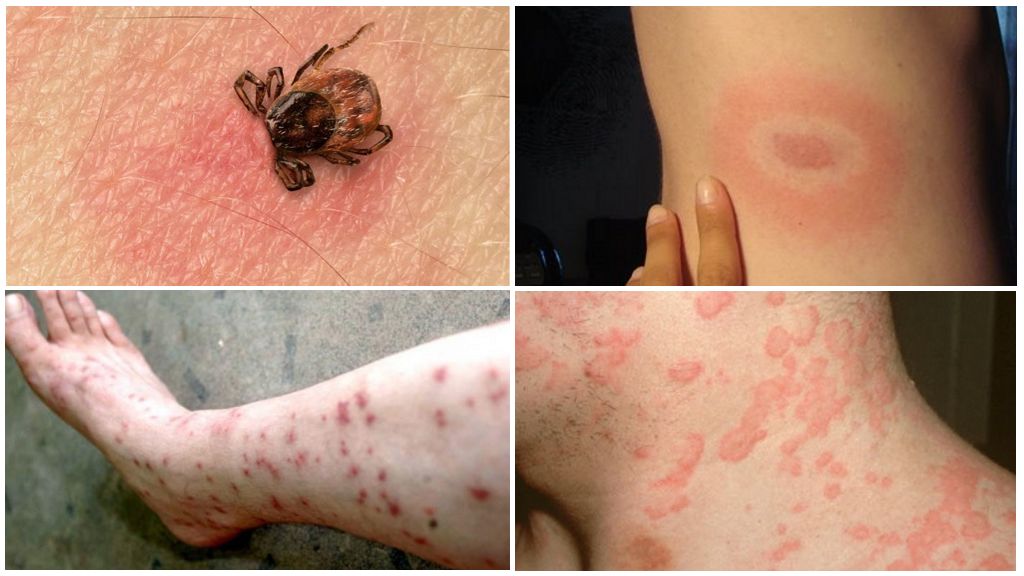What to do if the tick crawled through the body
- Mite
- Tick-borne diseases
The tick is known to be a carrier of dangerous diseases. He sticks to his victim, biting through the skin and sinking into the wound of the proboscis and the head. Drinking blood, the parasite gradually increases in size several times from the original. But not everyone is aware of whether it is possible to get infected if a tick crawled through the body without making a bite.
On a note!
Often, ticks are found crawling on the body or clothing. They are simply thrown off by hands and do not attach importance to the possible consequences. If the tick crawled over the body, but did not bite, it does not mean that the danger has passed.
Ways of contracting diseases
Mites belong to the order of arthropods, and as all its representatives have several pairs of limbs consisting of segments with hooks. With their help, they are able to cling to the victim with their paws and hold tight. Having miniature sizes, arthropods, imperceptibly seen by humans, move through the body in search of a suitable skin area.
Favorite places on the human body for ticks are the neck, the skin behind the ears, the groin area, the ulnar fold, and the armpit. But before the parasite sticks to the victim, it can crawl for a long time through the body. It is possible to infect a tick with a dangerous virus without biting it. If a tick crawls across a person’s skin, it may cause a virus infection.
During the search for a place to commit a bite, the bloodsucker examines the skin and bites it in different places, but does not stick. And during such prokusov he can also carry the infection into the body of his victim.
Important!
Dangerous diseases can become infected by crushing the tick. It is impossible to exclude the possibility that the internal contents of the arthropod will fall on the skin and mucous membranes of man.
The consequences of mite crawling are manifested in another case.Even without making prokusov skin, the parasite is able to carry the virus through a damaged area of the body or wound. Regular scratching can cause serious damage. If you find such a researcher of the human body can not crush it or take it with your bare hands.
Dangerous diseases
In direct contact with arthropod bloodsucker there is a risk of getting such dangerous illnesses:
- tick-borne encephalitis;
- tick-borne and relapsing fever;
- Borreliosis (Lyme disease);
- tularemia;
- ehrlichiosis;
- typhus and others.
All these diseases are dangerous to health, but this does not mean that any parasite can infect humans. The first symptoms may occur after 2-3 days and after 3 weeks. The course of each disease and its severity depends on the human immune system and how quickly he turned to a medical institution for treatment.
Lyme tick (borreliosis carrier) externally does not differ from other uninfected parasites. But its bite after a while becomes red, and the skin around it grows red with smudges. This sign suggests that a person should immediately go to the hospital.
On a note!
Tick-borne encephalitis has no external bite differences. You can become infected with encephalitis without having contact with a bloodsucker. Unboiled milk from an infected cow or goat also carries dangerous viruses. After a week or two, bouts of fever and other side effects begin. Timely treatment facilitates the course of the disease, but sometimes encephalitis causes irreparable harm to human health, making him disabled for the rest of his life.
There are cases when infection with encephalitis occurred through the ground, along which parasites crawled. A person could put an infection on his hands, and then rub their eyes or nose. With a weak immunity of such contact will be enough to infect the pseudo-traveler.









